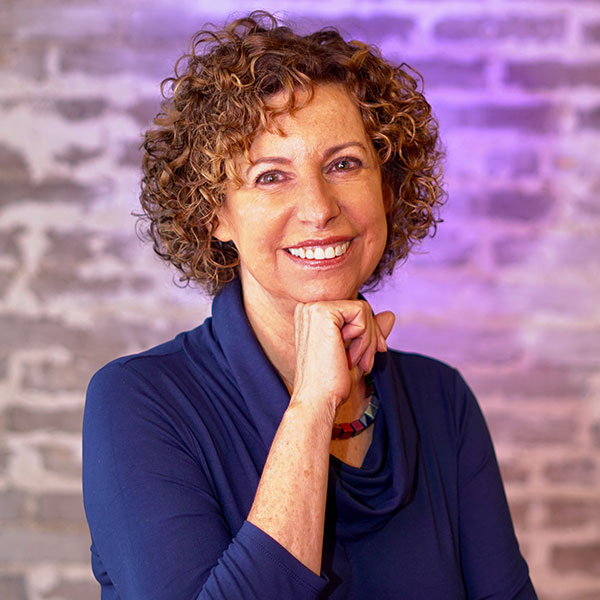Jacqueline Grennon Brooks is co-author with Martin G. Brooks of Schools Reimagined: Unifying the Science of Learning With the Art of Teaching and professor emerita in the Department of Teaching, Literacy & Leadership at Hofstra University.
Walking along a pebbly beach with rocks and stones of all shapes and sizes and mounds of slipper shells, listening to Neil Diamond’s I’ve Been This Way Before, I latched onto the line: “Some people got to make it through by never wondering why.” Never wondering? Why? What happens along the path of growing up that stops us from listening for the stories from the ordinary and of the ordinary?
Life is filled with the ordinary, and the ordinary is both simple and complex. The ordinary lives of today’s students sadly include civic unrest, health threats, and quarantines, all of which involve myriad psychological elements. Students today are wondering about their new and often difficult ordinary, even the ones who aren’t asking any questions. It’s a long road to healing for all of us, but we can help each other develop the reasoning and caring essential to mending the hurts of our global family and our natural environment. How?
Let’s go back to that pebbly beach. Rocks have so much to say. I can hear some of their stories. But I have friends who can hear much deeper ones. Streaks of different colors, lusters, textures, and edges all say something to them. My friends look for signs of weathering that extend the story. And then they look at different types of weathering that deepens the story even further. They hear what rocks have to say by looking at the rocks with eyes that have looked at other rocks, touching with sensitive hands, and studying the history of the place with the rocks. They are master learners now, their own teachers, because their prior teachers helped them wonder about the ordinary, particularly the natural world, and see and hear and feel the simple and the complex of, in this case, the geological world. Understanding the natural world keeps us hopeful because the human-made world springs from it. Tomorrows bring us vaccines and new treatments against deadly viruses. Tomorrows bring sunrises and new beginnings.
Whether students come to school eager with questions or showing little curiosity, teachers read their interests and try to make some connections, if not in topic, maybe through novelty, or sometimes by metaphor. The world is filled with amazing phenomena and evolving mysteries. Trees talk to each other via root tips and the fungus in the Earth. What is that all about? All slipper snails start out as male and change to female. C’mon! The lives of honeybees so vital to the world’s entire food web prompt many questions about nutrition, behavior and learning in not only bees, but human beings. Some bees are born curious foragers interested in exploring new food sources and others are born focused foragers who only visit familiar food locations. Really? There’s a lot about a lot of things to learn and teachers prompt students to learn by looking at their worlds with new eyes.
In the words of Albert Einstein: “As the circle of light increases, so does the circumference of darkness around it.” Let’s invite students to these edges of light and dark. This is where students develop skills and build knowledge, and this is where teachers have the greatest impact. This is education. In classroom communities in which students share their personal stories built from the world around them, teachers facilitate discussion and bring it to that edge of light and dark in which powerful learning occurs.
Curriculum standardization often unintentionally teaches students to stop listening to the rocks beneath their feet or on the horizon, but reimagined schools can help students bring their curious senses of hearing, seeing, and touching to the ordinary. Schools Reimagined details twelve transdisciplinary strategies teachers use to deepen students’ reasoning as they grapple with the questions, problems, and issues in which they are invested. The book describes how the national learning frameworks of social studies, arts, science, math, language arts, library, health, and world languages all tie together and ebb and flow into and out of students’ work as they wonder about relevant, real-world issues about which they care. Caring about the problems of our world helps us hear the hope that leads to solutions.
Photo credit: Jacqueline Grennon Brooks

